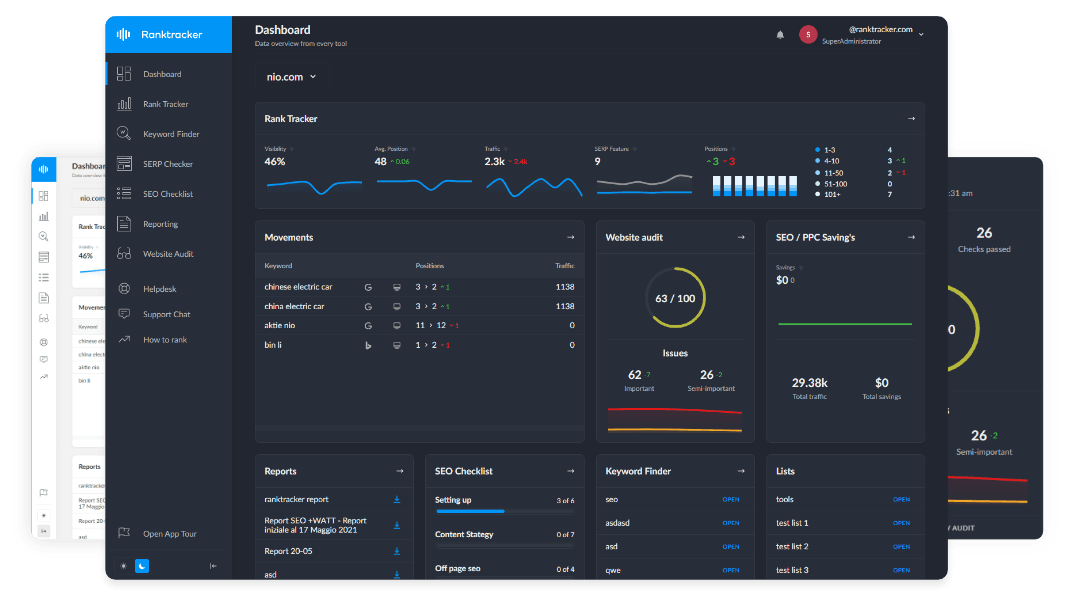Intro
Step-by-Step Tactics to Win Citations in AI-Powered Search Results
With Google AI Overview rapidly becoming the new “top of search,” SEOs and content creators are scrambling to adapt their strategies. The big question: What can you do to increase the odds that your content will be cited, summarized, or linked in AI Overviews? Fortunately, while Google’s AI is complex, there are proven tactics—rooted in experience, authority, and content structure—that can give your pages a major edge.
Below you’ll find a detailed, actionable playbook for optimizing your site to thrive in the era of AI-powered search.
Why AI Overview Optimization Requires a New Approach
AI Overview doesn’t just “rank” web pages in the old sense. Instead, it scans the web in real time to:
-
Synthesize clear, up-to-date answers,
-
Draw from multiple sources,
-
Reward content that’s authoritative, well-structured, and directly relevant to user intent.
Classic SEO still matters, but content now must be ready for instant AI interpretation, not just for crawlers or human visitors.
Practical Strategies to Optimize for Google AI Overview
1. Master the Art of Clear, Direct Answers
Why it matters: Google’s AI seeks content that directly addresses the user’s query—without fluff or filler.
How to do it:
-
Start major pages, guides, or FAQs with a direct summary (“In short: …” or “The answer is …”).
-
Answer common questions in the first paragraph—don’t make the AI dig for it.
-
Use succinct, jargon-free language.
2. Use Structured Content Formats
Why it matters: AI Overview extracts and combines information. Well-structured formats make your content more “AI-readable.”
How to do it:
-
Use clear H2 and H3 headings for every key topic and sub-question.
-
Add bullet points, numbered steps, and checklists for procedures or recommendations.
-
Include summary boxes or TL;DR sections for longer articles.
-
Place FAQs throughout or at the end of your content.
3. Prioritize E-E-A-T on Every Page
Why it matters: Experience, Expertise, Authoritativeness, and Trustworthiness (E-E-A-T) are core to Google’s quality evaluation—especially for AI Overview citations.
How to do it:
-
Highlight real-world experience (“As a certified nutritionist…”).
-
Showcase author credentials and link to expert profiles.
-
Reference studies, statistics, and respected external sources.
-
Update bios and About pages to strengthen perceived authority.
4. Keep Content Up-to-Date
Why it matters: Google’s AI is biased toward fresh, current information.
The All-in-One Platform for Effective SEO
Behind every successful business is a strong SEO campaign. But with countless optimization tools and techniques out there to choose from, it can be hard to know where to start. Well, fear no more, cause I've got just the thing to help. Presenting the Ranktracker all-in-one platform for effective SEO
We have finally opened registration to Ranktracker absolutely free!
Create a free accountOr Sign in using your credentials
How to do it:
-
Regularly review and refresh high-traffic or evergreen content.
-
Add new statistics, industry updates, and trends.
-
Check for and fix any outdated recommendations, links, or references.
-
Use “Last updated” notes to signal recency.
5. Optimize for Snippets, Not Just Rankings
Why it matters: AI Overview often pulls from content that is already optimized for featured snippets and People Also Ask (PAA) boxes.
How to do it:
-
Answer “what,” “why,” “how,” and “when” questions directly under each subheading.
-
Use schema markup (FAQ, How-To, Article) to help Google interpret your content structure.
-
Use short paragraphs, concise answers, and definition boxes where appropriate.
6. Cite Reputable Sources—and Link Out
Why it matters: AI Overview trusts content that acknowledges its own sources.
How to do it:
-
Link to reputable, authoritative sites and studies.
-
Use inline citations where relevant (especially in medical, finance, or science topics).
-
Reference other trusted voices in your niche.
7. Build and Interlink Topical Clusters
Why it matters: AI Overview rewards topical authority—sites that cover a subject in-depth across multiple pages.
How to do it:
-
Create content clusters around your core topics (pillar pages + supporting articles).
-
Use internal links to show topic depth and expertise.
-
Expand into “People Also Ask” queries, related guides, and new trends.
8. Make Content Accessible and User-Friendly
Why it matters: AI Overview favors content that’s easy for all users to understand and engage with.
How to do it:
-
Use plain language and avoid excessive technical jargon.
-
Add descriptive image alt text and captions.
-
Ensure fast loading and mobile-friendly design.
Real-World Examples: What Ranks in AI Overview?
-
A health site with expert MDs, clear Q&A sections, and up-to-date medical references is cited for health queries.
-
A tech blog with step-by-step guides, images, and regularly updated comparison tables is cited for “how-to” or review searches.
-
A niche authority site with a network of interlinked, well-structured articles is referenced for deep-dive informational topics.
In each case, the content is:
-
Easy to scan and summarize,
-
Written by (or attributed to) real experts,
-
Kept fresh and accurate,
-
Clearly answers the user’s core question.
Using Ranktracker to Monitor AI Overview Presence
Ranktracker is already adapting to help you:
-
Track when and where your site appears in AI Overviews.
-
Monitor shifts in rankings, traffic, and citation patterns.
-
Analyze which content formats are most successful.
-
Stay ahead with alerts for trends and new keyword opportunities.
The Bottom Line
In 2025, optimizing for Google AI Overview means building content that’s not just rankable, but citable and synthesizable by Google’s AI. By mastering structure, clarity, authority, and freshness, you can dramatically increase your chances of being featured—positioning your brand at the very forefront of the next search revolution.

